
by Takashi Hara
Kabul, the capital of Afghanistan, was besieged by the Islamist Taliban on August 15 and fell without a hitch. The Ghani regime collapsed, bringing to an end 20 years of the U.S. war on terror and symbolizing the defeat of the Afghan occupation. What should we see and learn from this?
America’s Cruel Defeat Shocks the World

The U.S. forces proceeded with their withdrawal as if they were half abandoning the fragile government forces and the regime. Although the government forces numbered approximately 300,000, it is believed that only about one-sixth of that number actually existed due to low morale, making them look like “paper tigers. The government forces, which had lost the backing of the U.S. military, continued to lose ground, exceeding the prediction that the regime would collapse in 90 days. In just ten days or so, they surrendered the capital to the Taliban, which numbered about 60,000 to 100,000 people.
After 20 years and a massive investment of money, the end of the “withdrawal” from Afghanistan means a virtual defeat in what has been called the “longest war on terror” in U.S. history. No matter how one tries to spin it, the occupation of Afghanistan ended with the “defeat” of the U.S. military, meaning that the U.S. could not even create a government in Afghanistan that would last a few weeks, even after 20 years. The “defeat in Afghanistan” has brought into stark relief the decline of the United States. The U.S. media reported the fall of Kabul in the same manner as the “fall of Saigon” (April 1975) in the Vietnam War, giving the impression that the U.S. military had “lost the war.
The Mainichi Shimbun editorial (Aug. 17) argued, “It is a cruel end to the war that has been going on for 20 years since the terrorist attacks in the U.S.” The Tokyo editorial (Aug. 26) added, “The U.S. has paid a huge cost in the Afghan war that has been going on for 20 years since the attacks in the U.S. According to the Watson Institute for International and Public Affairs, about 2,400 U.S. troops have been killed in the war. More than 3,800 private military company employees, who are contracted to provide security and other services, have been killed. However, the biggest casualties are Afghan civilians,” he noted.
The Asahi Shimbun editorial (September 1) asks, “Where did the ‘war on terror,’ which has spread from Afghanistan to Iraq, claimed an estimated 800,000 lives and cost 700 trillion yen, go wrong? The stumbling block should be seen as having begun 20 years ago. The U.S., the “sole superpower” after the Cold War, launched an attack on Afghanistan after the terrorist attacks and overthrew the Taliban regime. It also invaded Iraq and brought down the Hussein regime. In both cases, the idea was that by eliminating the “enemy” with military force, the U.S. would be able to establish the political system it desired.
During the past two decades, while the war has become a quagmire, the U.S. itself has experienced a decline in both national power and prestige through the financial crisis and the Trump phenomenon…. The withdrawal from Afghanistan symbolizes that the era of U.S. power, in which the U.S. was able to exert overwhelming force externally, is completely over,” he said.

Afghanistan means the land of the Afghans (stan), but Afghan means Pashtun in Persian (Keiji Shintani, visiting professor at Tokai University). Pashtuns are the largest ethnic group, accounting for about 42%, followed by Tajiks (27%), Hazara (9%), Uzbeks, Turkmen, and others.
Afghans have a distinctive nationalism, having rebuffed and defeated invading powers such as the British before the war and the Soviet Union after the war. Many Afghans viewed the U.S. military as an “occupying force” rather than a “liberating force. The Taliban has expanded its power based on the nationalism of liberating Afghanistan from these occupying forces. In the world of international politics, Afghanistan has been called the “graveyard of empires,” and now the “imperial” United States has lost another one.
Miscalculations in the War on Terror

What has become clear in the 20 years since the 9.11 terrorist attacks in 2001 is the decline and end of the unipolar dominance of the United States, the “sole superpower” in the world after the end of the Cold War. The defeat of the “war on terror” in Afghanistan, which led to the return to power of the Taliban, which should have been defeated 20 years ago, and the “defeat in Afghanistan” has finally ended the illusion of a “New World Order,” which had been a byword for the unipolar rule of the “world power,” the United States. The defeat in Afghanistan has once again exposed the reality that the U.S. cannot rule the world as it wishes, even if it exercises its mighty military power. No longer able to play the role of “world policeman,” the Biden administration has been forced to shift its focus to a strategy toward China.
The United States has poured approximately $66 billion over the past two decades into training the low morale Afghan government forces. However, it failed to recognize (or refused to acknowledge) the reality that the government forces’ will to fight was extremely weak. The U.S. “defeat in Afghanistan” highlighted these “inconvenient facts” and the miscalculations that led to the waste of 20 years and $14.7 billion in funds.
The cost of the “war on terror” launched by the United States against Afghanistan and Iraq has been extremely heavy. The latest count of deaths in the “war on terror” is close to one million. The greatest number of casualties were not soldiers who fought in the war, but ordinary “civilians” and civilians, who accounted for 40% of the total. The number of U.S. military deaths is estimated at about 7,000, but the number of former soldiers who committed suicide due to PTSD is four times that number, more than 30,000.
The U.S. war on terrorism since 2001 has brought to the surface the distortions that have led to the present day, such as the disparity between rich and poor, the division of society due to racial discrimination, and the growth of parochial nationalism. In 2001, the U.S. gross domestic product (GDP) accounted for 31% of the world’s total, but by 2008 it had fallen to 24%.
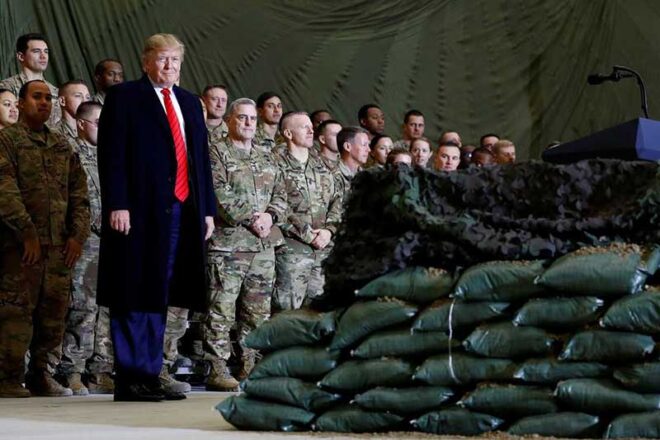
The United States, which occupied Afghanistan and Iraq under the guise of “fighting terrorism” (the possession of weapons of mass destruction and the relationship with Al Qaeda, which were claimed to be the pretext for the war against Iraq, were later revealed to have been false information) and eventually lost, spent enormous amounts of money and sacrificed many human lives, but built nothing, including deceptive “democratization”. All that remained was anger toward the occupying forces and anti-American sentiment.
Behind the Taliban’s expansion of power is the fact that the Afghan people have given up on their government, which is marked by corruption and corruption. Chikako Taya, professor emeritus at Hosei University, said, “The U.S. military was nothing but an occupying force for the Afghan people…. There were many cases of mistaken bombings. The Afghan government was also highly corrupt, selling the weapons provided by the U.S. military to buy houses and pocketing the salaries of soldiers who were not paid. Morale among Afghan soldiers was also low, and desertions were constant” (Asahi, September 14). she pointed out.
According to an internal U.S. government document, “Lessons Learned,” reported by the Washington Post in 2019, “The biggest problem is that senior Afghan government officials embezzled development aid and other funds, and the U.S. side knew about it and continued to turn a blind eye. Funds that should have been used for training security forces, improving governance, and improving the lives of civilians disappeared into darkness” (Yomiuri Shimbun, September 2).
[Sponsor Ad]
How to grasp the shifting global situation
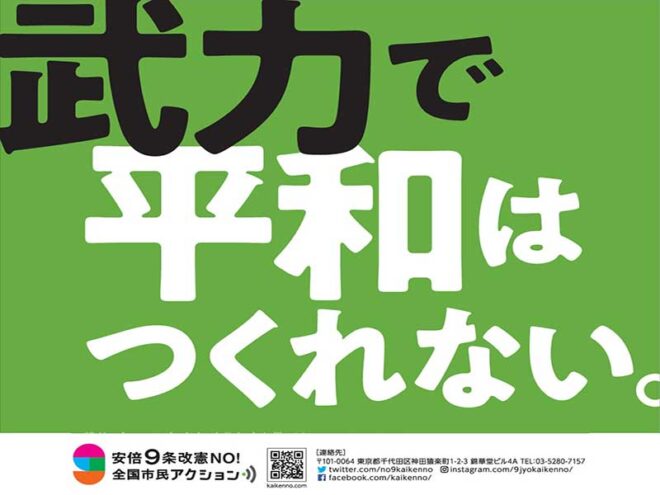
At the time of the “terrorist attacks” in 2001, the neoconservatives (neocons) operating at the heart of the Bush administration were adherents of the “first strike” strategy. They encouraged parochial patriotism and nationalism, and spurred public opinion to the “war on terror” against Afghanistan (2001) and Iraq (2003). 94% of respondents to a Washington Post poll taken immediately after the 2001 bombing of Afghanistan supported the U.S. military action (war of aggression).
However, the war on terrorism has caused the decline of U.S. prestige and national power over the past two decades. The “defeat in Afghanistan” has brought this into stark relief. In “The Collapse of the Afghan Regime” (Sekai, October issue), Professor Daisaku Azuma of Sophia University wrote the following.
Recognizing that the United States had become the sole superpower in the post-Cold War world, the neocons (at the heart of the Bush administration) held the ideology that “it is in the interest of the United States, its people, and the world to use the massive military power of the United States without hesitation to overthrow troublesome governments. For the neocons, the 9/11 incident was the perfect opportunity to justify the military invasion of the Hussein regime in Iraq and military intervention in Afghanistan, which they had long advocated. Subsequently, however, U.S. nation-building suffered a major setback in both Afghanistan and Iraq, and it became clear that the neocons’ claims were illusory.
Daisaku Azuma “defeat in Afghanistan”
The neocons are now bankrupt and the main cause of the decline of the United States. Since the end of the Cold War, the world situation has drastically changed and continues to transform. Japan and the rest of the world supported the war on terror after 9/11. Japan refueled U.S. vessels in the Indian Ocean and deployed Self-Defense Forces in Iraq under the guise of cooperation in “postwar reconstruction,” thus making Japan’s participation in the U.S. war a fait accompli. Powerful governments around the world also used the war on terror as an excuse to suppress anti-government activities.

The crisis of institutional politics and parliamentary democracy deepened as nationalism, which supports the war on terror, and racism, which is anti-immigration, spread. The “Arab Spring” of 2011, “The Angry Ones” in Europe, and “Occupy Wall Street” in the U.S., as well as the “Black Lives Matter” (BLM) movement of last year, have created a great swell of opposition to the War on Terror and nationalism and demand for true democracy. It was a grassroots uprising-“democracy on the rise”-as symbolized by the “BLM” movement in the United States. Now it has become a new trend that could fundamentally change the world. The recent rise of nationalism, such as the Trump phenomenon in the U.S., with its “policy of putting one’s own country first” message, can be seen as a backlash against this global trend.
The war on terror that invaded Afghanistan and Iraq is no longer an all-out war like the first two world wars. The current conflict between the U.S. and China, while tense, is not a “cold war” premised on military confrontation. Today, when globalism is sweeping the world and economic interdependence is deepening due to the expansion of multinational corporations, thinking about world affairs by applying the total war model of inter-imperialist warfare or by analogy with the strategy of the Russian Revolution (turning war into civil war) of a century ago will leave behind changing circumstances and times, and fall into anachronism.
Learning from “The Essence of Failure”

The book “Essence of Failure” is getting a lot of attention. This is a research book that analyzes the mistakes and shortcomings of the former Japanese military before World War II. According to the book, the military that won the Russo-Japanese War was obsessed with the success experience of defeating the great Russian power, and adhered to “outdated” tactics (such as the “big ship, big gun” principle). Japan lost its ability to adapt to changing circumstances. This book analyzes how misjudgment of changing times can lead to disastrous consequences.
In other words, it points out that the “essence of failure” of the Japanese military lies in its “inability to proactively reform its own strategy and organization” in response to changing circumstances. It was an “ill-informed organization” that “lacked the ability to renew itself.
They fell into conceit and overconfidence, such as “baseless optimism” and “disregard for the enemy,” and were unable to learn lessons from their own failures without admitting their own mistakes. They are typical of stereotypes that are infused with self-righteousness and arrogance, adhering to predetermined rules, methodologies, and modes of behavior, and repeatedly following precedent by the book.
Eventually, they lost their flexibility, were left behind by the changing times and circumstances, and became stuck in their old ways. The organization’s constitution became one of self-deception, covering up “inconvenient facts” such as failures and errors with lies, and fairness became a matter of contempt. An organization that does not learn is an organization that is incapable of “self-renewal (transformation)” – a paradigm shift. Such an organization becomes stagnant and corrupt.
If we fail to nurture an ideology and political culture of “learning from failure,” a (distorted) political culture in which failure is not tolerated will seep in. Instead of the courage to learn lessons from failures and refine their strategies, they will be more passive, negative, and biased (assumptions and preconceptions) and naïve. As a result, they become insensitive to their own “backwardness,” and a political culture that endorses “reluctance to change,” such as following precedents and a sense of “side-by-side” is formed, leading to a cessation of thinking.
This is true regardless of the left or right of ideology. This is especially true in Japan. “The difficulty is not in the new way of thinking, but in getting out of the old way of thinking,” said the economist Keynes. The movement or organization that says, “This is where I can learn and refine my sensibilities” must be the one that can change the status quo



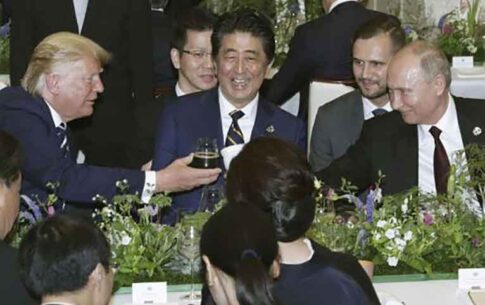

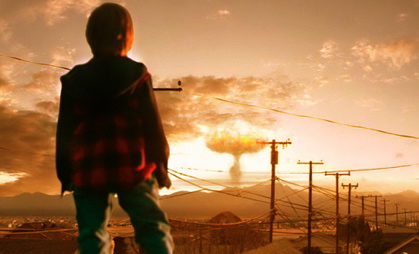

 Donations are made in Japanese yen. 300 yen is approximately 2 USD.
Donations are made in Japanese yen. 300 yen is approximately 2 USD.





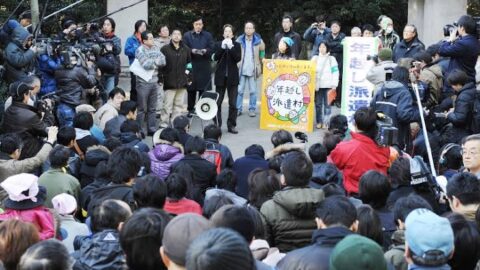
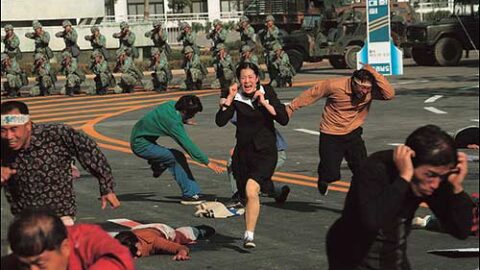


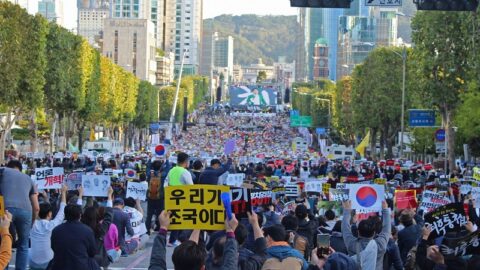
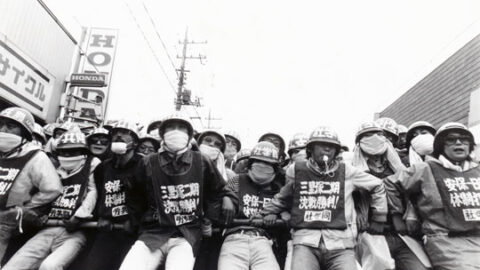


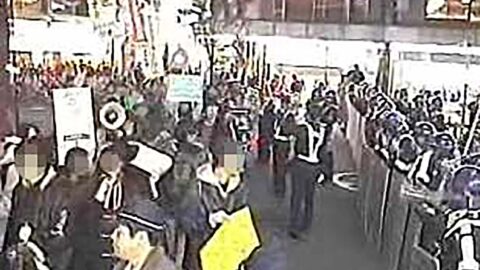



Leave a Reply